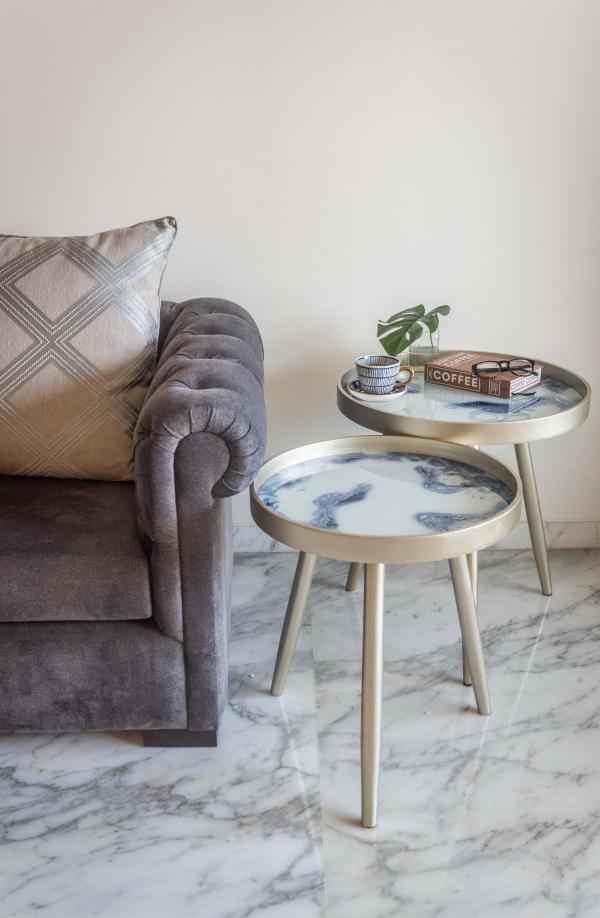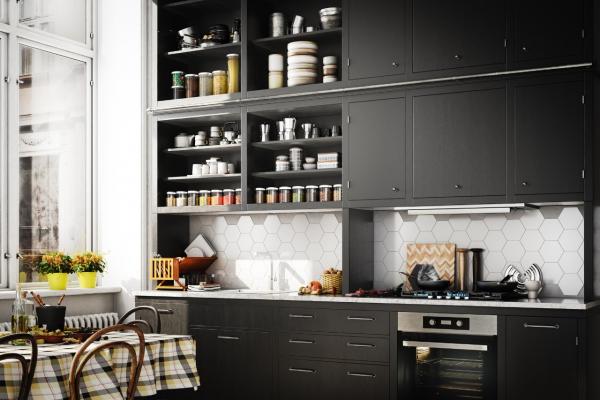It has become extremely essential to eliminate items which we no longer use, rather than adding clutter to our everyday lives and we tell you exactly how to do that.
Written By Pinkvilla Desk 23143 reads Mumbai Published: October 6, 2020 12:36 pm
The world, as we know it, has changed over the past few months and minimalism is the new mindset born from this period. As the extended lockdown enabled us to reconnect with loved ones, it also helped us realise the need to build a surrounding that adds value and meaning to our lives. It has become extremely essential to eliminate items which we no longer use, rather than adding clutter to our everyday lives. Here are some easy steps for you to invite the minimalism trend into your home:
Eliminate what you don’t need
The first step begins by eliminating all the things that you don’t need. This includes the ‘maybe’ items. Start by segregating everything in your space into three categories: Keep, Discard, and Maybe. Go over the ‘maybe’ category and eliminate everything that you think you can live without or won’t need for the next 7-8 months.
Reduce
Opting for single, impactful pieces of art can require lesser effort and yet, give your home a more polished look. This reduces the number of items one has to buy and will make the process of transforming your living room a fuss-free one.

Reuse
Another core tenet of minimalist living is reusing your existing possessions to get the most out of your purchase. Before discarding your current belongings, look at it through a creative eye to decide whether it can be reused within your home.
Less is better
Introduce a sense of systematic order to your house by opting for inbuilt storage units for your walls and your furniture as it is a definite space-saver. This will help you quickly transition a messy living room into a sophisticated place to host guests anytime you want.

Don’t be an impulsive buyer
It’s crucial to think about all aspects before adding something to your shopping cart. This includes questioning whether your purchase is essential, whether it’s quality is good enough, its life capacity, usage on a daily basis, sustainability, and whether it is a want or a need. The next step is budgeting; think about the need for that thing in the present. Don’t buy something that you fancy but don’t really have a definite purpose for owning. Minimalist living is all about focusing on the needs rather than the wants, so spend cautiously.
About the author: Pranjal Agarwal is the CEO of Hèrmosa Design Studio
Credits :getty images
Your comment has been submitted to the moderation queue





